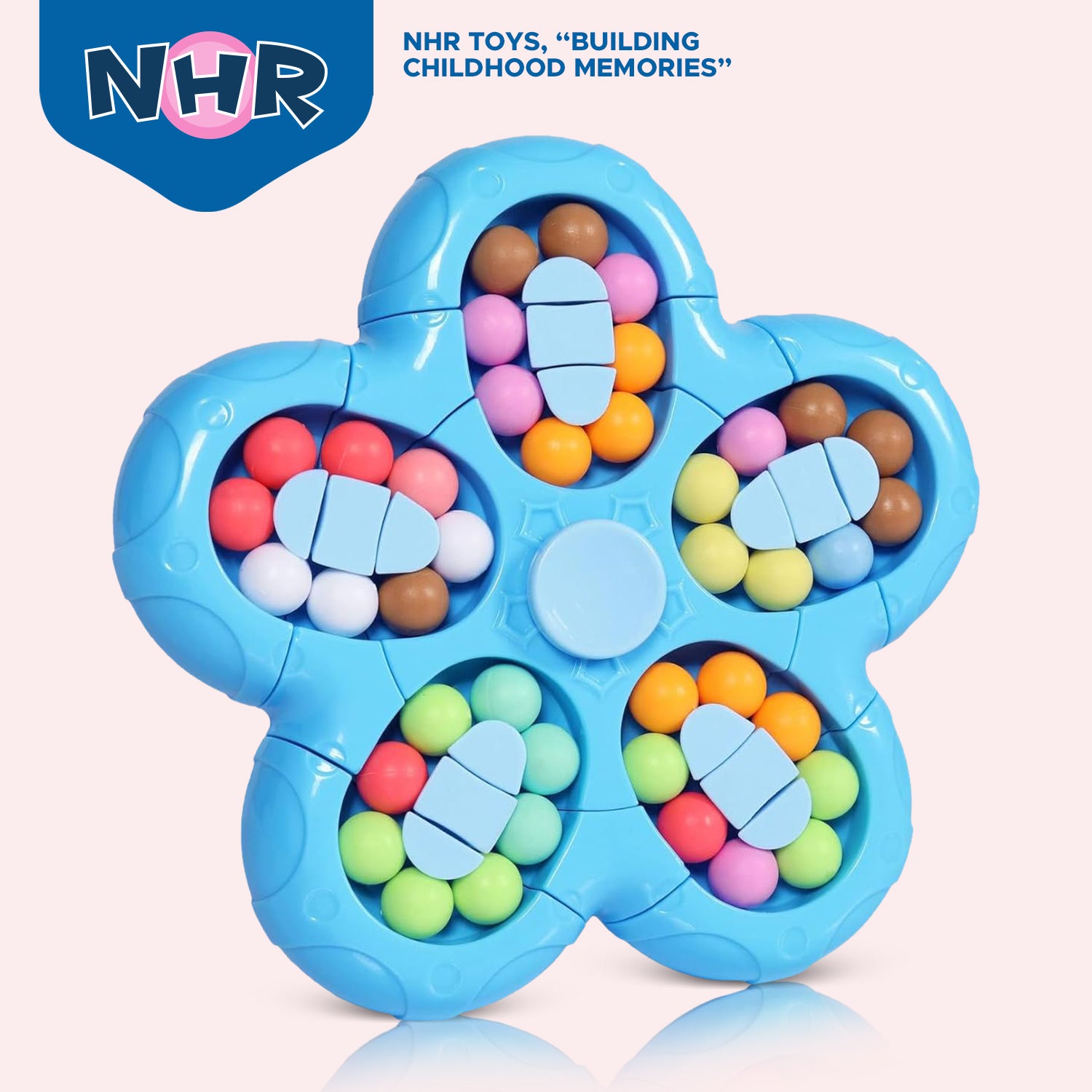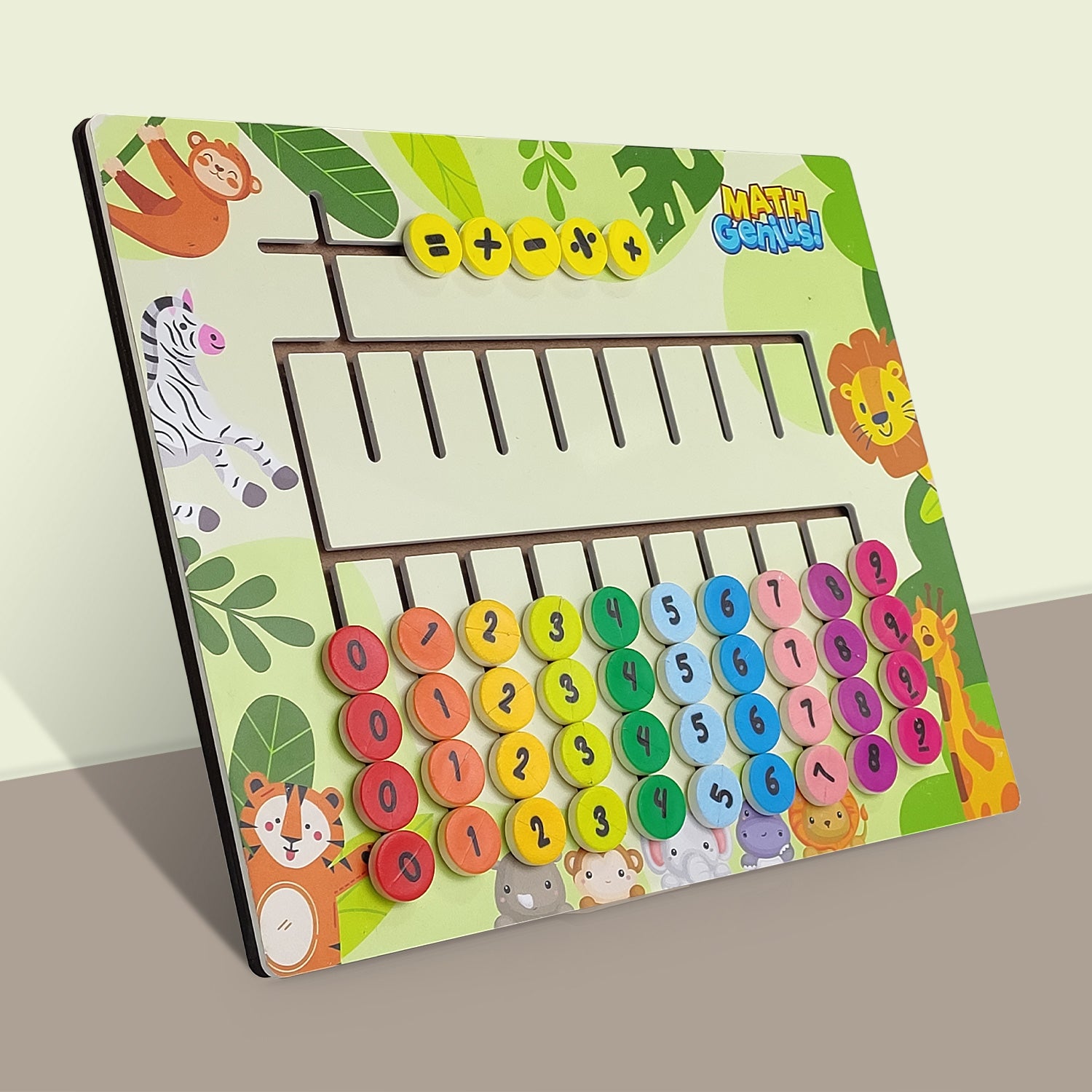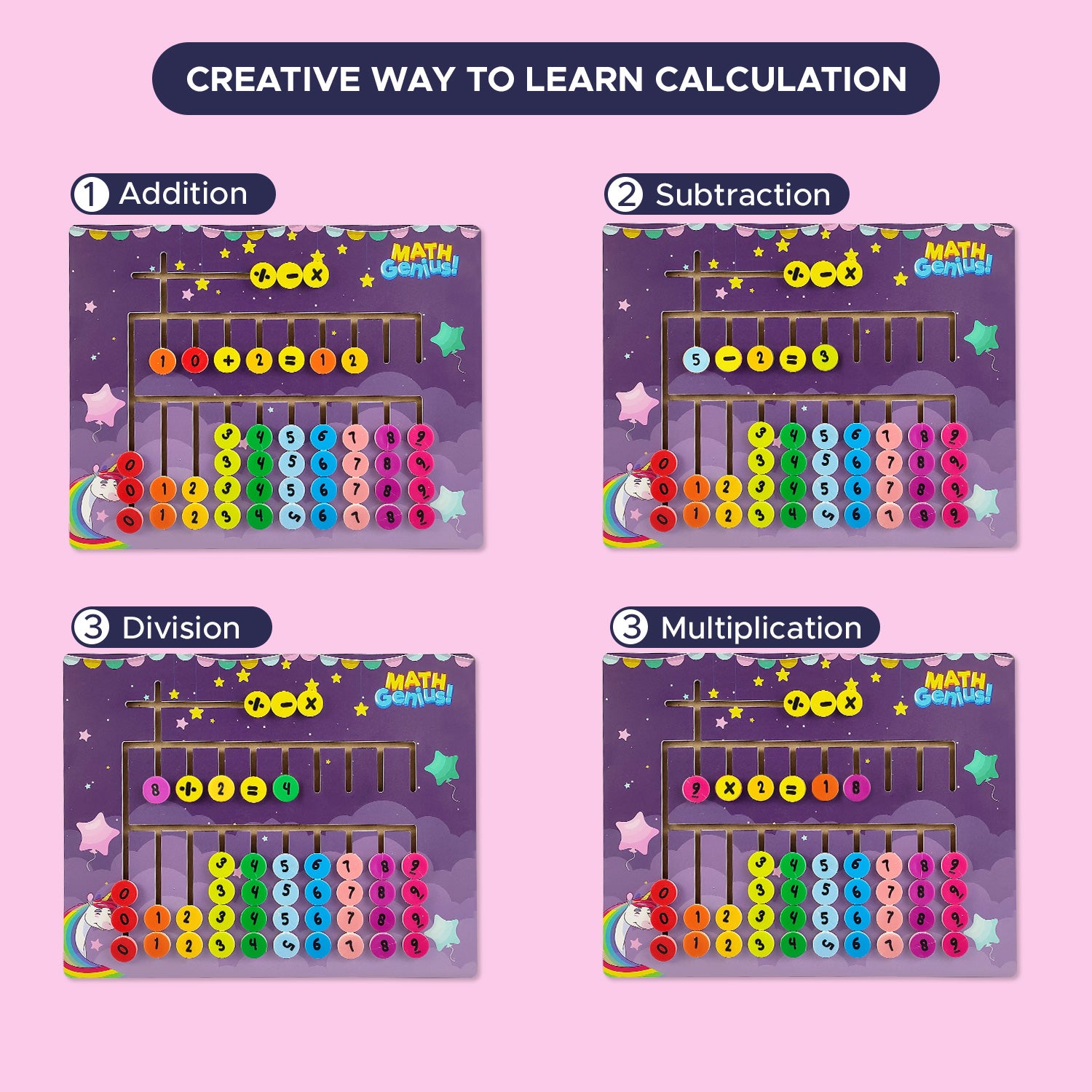
Categories
RECENT POSTS
Tags
Navigating Screen Time: Balancing Tech and Traditional Play

In a digital age, finding the right balance between technology and traditional play is essential for a child's holistic development. Discover practical strategies to navigate screen time, fostering a healthy equilibrium between the digital world and the timeless joys of traditional play.
1. Establish Clear Guidelines: Set clear and consistent guidelines for screen time. Define the duration and types of content permissible, ensuring a healthy balance with other activities.
2. Prioritize Educational Apps: Choose educational apps and games that align with your child's age and developmental stage. Opt for those that promote learning and skill development.
3. Interactive Screen Activities: Encourage interactive screen activities that involve problem-solving, creativity, and collaboration. This could include educational games, virtual puzzles, or interactive storytelling.
4. Family Screen Time: Engage in family-oriented screen time activities. Whether it's watching educational videos together or playing interactive games, shared screen experiences can be both enjoyable and bonding.
5. Create Tech-Free Zones: Designate certain areas of your home as tech-free zones, promoting traditional play with toys, books, and physical activities. This helps create a balanced environment.
6. Schedule Screen-Free Time: Incorporate designated screen-free time into your daily routine. This allows for unstructured play, fostering creativity and imagination without the influence of screens.
7. Lead by Example: Model healthy screen habits. Demonstrate a balanced approach to technology by actively participating in non-screen activities and prioritizing face-to-face interactions.
8. Monitor Content Appropriateness: Regularly review and monitor the content your child engages with. Ensure it aligns with your family values and is age-appropriate.
9. Encourage Outdoor Play: Balance screen time with outdoor play. Physical activities and outdoor exploration contribute to overall well-being and provide a break from screen-based entertainment.
10. Foster Real-Life Connections: Emphasize the importance of real-life connections. Encourage playdates, family outings, and social interactions that go beyond the virtual realm.
11. Reflect and Communicate: Regularly reflect on the impact of screen time on your child's behavior and well-being. Maintain open communication with your child to understand their perspective and make adjustments as needed.
12. Embrace Creativity Through Tech: Explore creative outlets within the digital space. Virtual art projects, music apps, and coding activities can inspire creativity while incorporating technology.
Navigating screen time requires a thoughtful and adaptable approach. By incorporating these strategies, parents can create a balanced play environment that harnesses the benefits of technology while preserving the richness of traditional play experiences. Finding this equilibrium contributes to a well-rounded and fulfilling childhood











